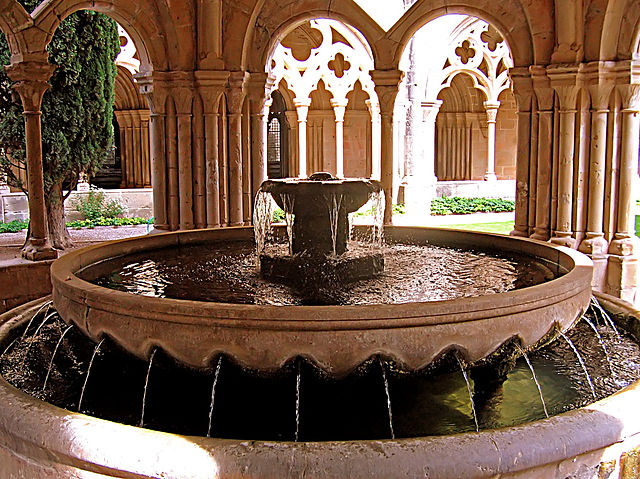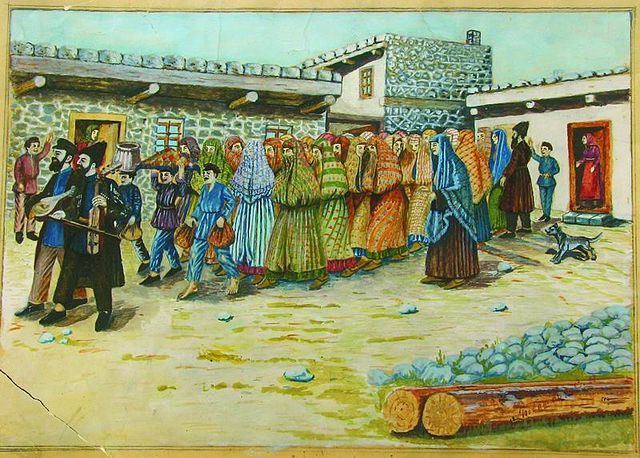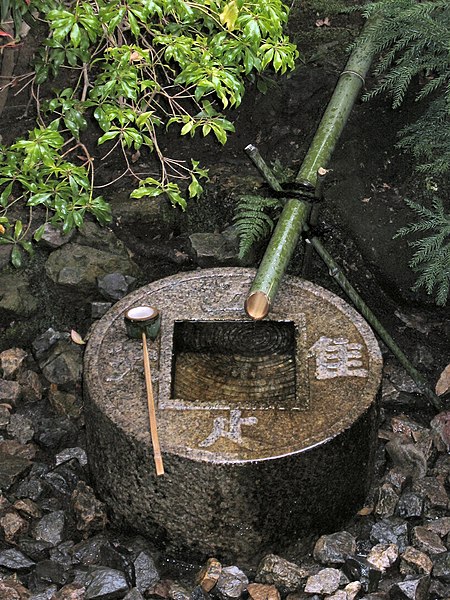In Christianity, ablution is a prescribed washing of part or all of the body or possessions, such as clothing or ceremonial objects, with the intent of purification or dedication. In Christianity, both baptism and footwashing are forms of ablution. Prior to praying the canonical hours at seven fixed prayer times, Oriental Orthodox Christians wash their hands and face. In liturgical churches, ablution can refer to purifying fingers or vessels related to the Eucharist. In the New Testament, washing also occurs in reference to rites of Judaism part of the action of a healing by Jesus, the preparation of a body for burial, the washing of nets by fishermen, a person's personal washing of the face to appear in public, the cleansing of an injured person's wounds, Pontius Pilate's washing of his hands as a symbolic claim of innocence and foot washing, which is a rite within the Christian Churches. According to the Gospel of Matthew, Pontius Pilate declared himself innocent of the blood of Jesus by washing his hands. This act of Pilate may not, however, have been borrowed from the custom of the Jews. The same practice was common among the Greeks and Romans.

Christ washing the feet of the Apostles, by Giotto di Bondone (Cappella Scrovegni a Padova).
A 14th-century lavabo as a niche recessed into the side wall of a sanctuary in Amblie, Normandy
Lavabo in the Poblet Monastery in Spain
Crowds gather at the Fasiladas' bath in Ethiopia, to celebrate Epiphany
Ritual purification is a ritual prescribed by a religion through which a person is considered to be freed of uncleanliness, especially prior to the worship of a deity, and ritual purity is a state of ritual cleanliness. Ritual purification may also apply to objects and places. Ritual uncleanliness is not identical with ordinary physical impurity, such as dirt stains; nevertheless, body fluids are generally considered ritually unclean.
Taking the bride to the bath house, Shalom Koboshvili, 1939.
Male Ablution Facility at University of Toronto's Multifaith Centre.
Tsukubai at Ryōan-ji temple in Kyoto.
Lavabo in the Poblet Monastery in Spain.







